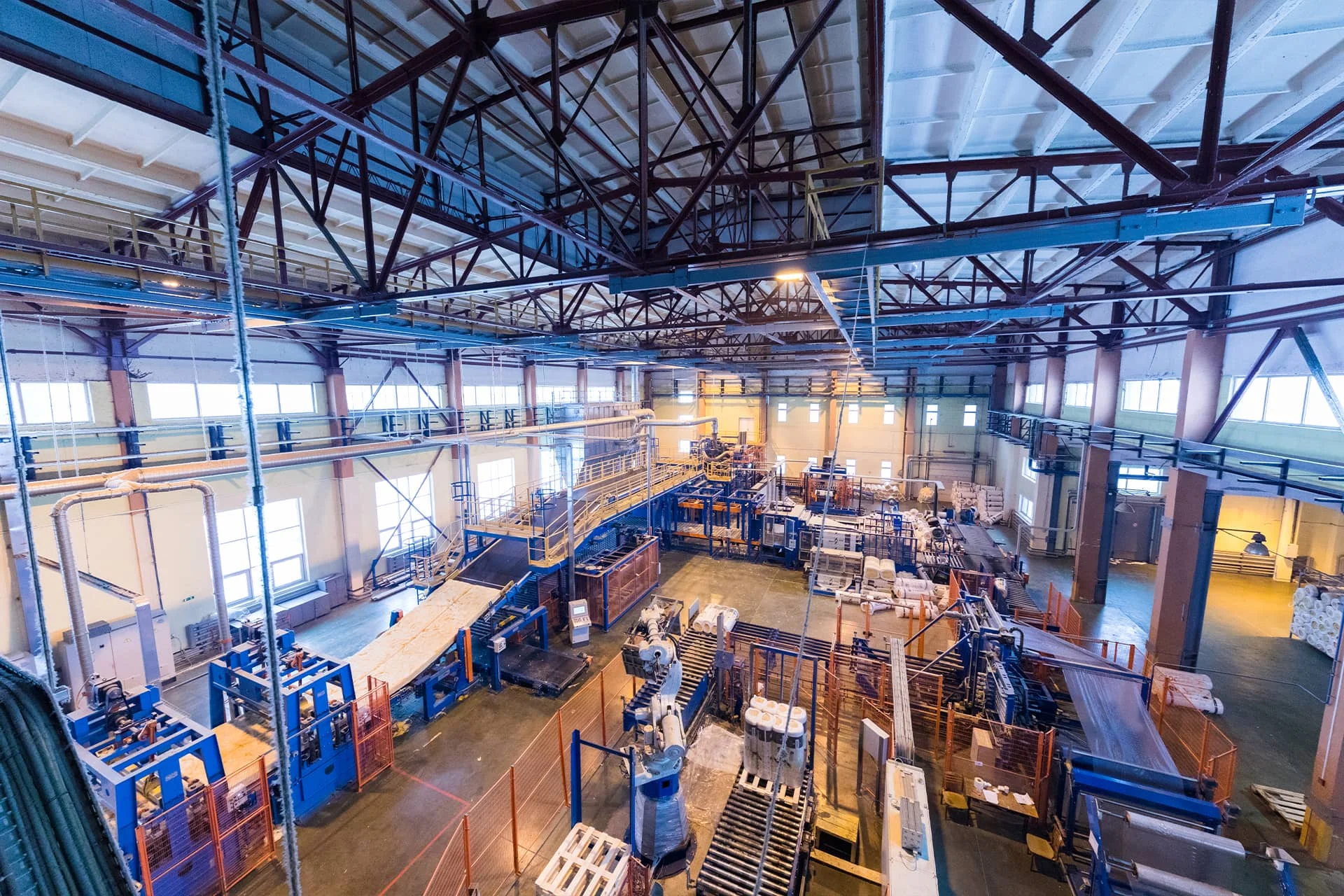Alumina short fibers can be used at temperatures ranging from 1200 ℃ to 1800 ℃. Their fiber products, such as fiber blankets, felts, paper, modules, and shaped parts, have low density and heat capacity, low thermal conductivity, and good thermal shock resistance. They can also be directly used as insulation filling materials for high-temperature kilns, such as furnace sidewalls, roofs, and doors, and as insulation seals for high-temperature components.

| 1. |
Downstream product raw materials: Alumina short fibers can be used at temperatures up to 1200 ℃ -1800 ℃. Their fiber products (such as fiber blankets, felts, paper, modules, shaped parts, etc.) have low density and heat capacity, low thermal conductivity, and good thermal shock resistance. They can also be directly used as insulation filling materials for high-temperature kilns, such as furnace sidewalls, roofs, and doors, and can also be directly used as insulation seals for high-temperature components. |
|
|
|
||
| 2. |
Filter material: Alumina short fibers have high temperature resistance, good thermal shock resistance, and chemical corrosion resistance, making them suitable for making high-temperature filter materials such as candle filters, fabric filters, and composite filters. It can be widely used in smoke and dust removal systems for thermal power plants, metal smelting plants, chemical plants, and diesel engine exhaust gas treatment systems. |
|
|
|
||
| 3. |
Catalyst carrier: The alumina content in 95 type active gamma (γ) phase alumina short fibers reaches 95%. It has a fine fiber diameter, high specific surface area, low internal diffusion resistance, and higher metal dispersion. It is a type of fiber with less slag balls, white, soft, and elastic. This fiber has much higher catalytic activity and better sulfur and heat resistance than granular alumina and other heat-resistant fiber supported catalysts when used in the combustion of trace amounts of propylene and methane. At present, the fiber has been successfully applied in the field of catalytic combustion. Compared with other fiber supported catalysts, the methane reaction rate can be increased by 3-8 times, and the reaction temperature required for methane conversion is greatly reduced. |
|
|
|
||
| 4. |
ACCR composite core wire: By embedding continuous alumina fibers (AF19) into aluminum alloy wires, the mechanical and electrical performance far exceeds that of steel cores. ACCR composite core can achieve 8 times the tensile strength of the same aluminum wire, with a weight only half of the same volume steel core, a linear expansion rate less than half of the steel core, and a much higher electrical conductivity than the steel core. |
|
|
|
||
| 5. |
High temperature resistant components: The sleeve woven with alumina continuous fibers has multiple characteristics such as high temperature flame retardancy, good flexibility, high elasticity, easy processing, and good insulation. It has good strength at temperatures of 1200 ℃ and above and is widely used for cable fire prevention. |
|
|
|
||
| 6. |
High temperature insulation material: The braiding ability of alumina continuous fibers makes it suitable for special insulation parts and three-dimensional braided components, as well as for lining insulation materials in metallurgical furnaces, ceramic sintering furnaces, or other high-temperature furnaces. Its low density, good insulation, and small heat capacity can not only reduce the weight of the furnace body, but also improve the temperature control accuracy, resulting in significant energy-saving effects. |
|
|
|
||
| 7. |
Chemical resistant material: Alumina continuous fiber, with its excellent corrosion resistance, can effectively meet the high-temperature filtration requirements in pressurized fluidized bed combustion combined cycle (PFBCC) and integrated gasification combined cycle (IGCC) power generation technologies. |